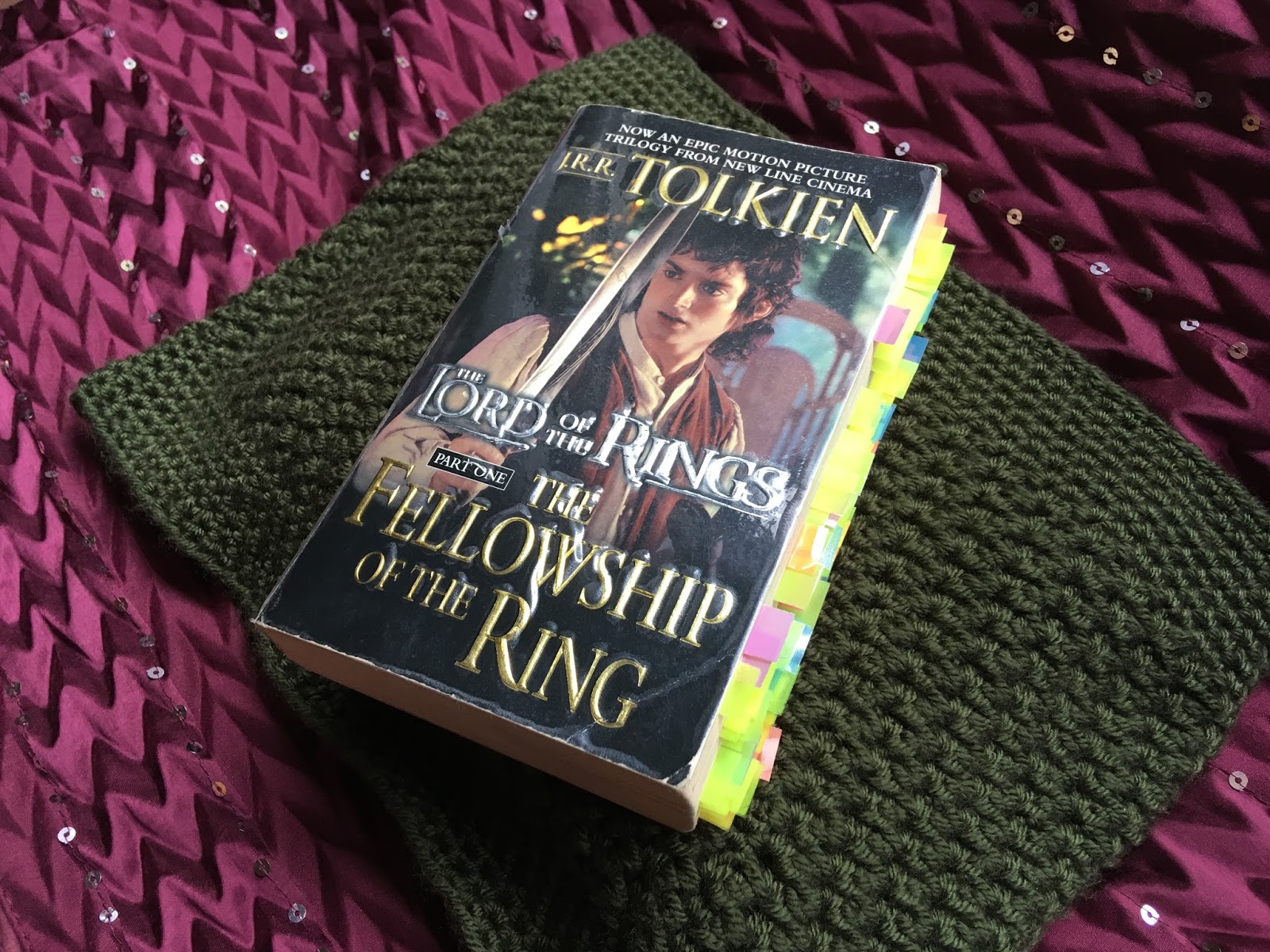I first read The Lord of the Rings when I was thirteen or fourteen years old. It was spring break and my family was on vacation. Like every family vacation from the time I was ten, I was sick. So while my family visited tourist traps and went swimming and whatever else people do on vacation, I was curled up on the couch by the gas fireplace with a book, a blanket, and a box of tissues. My options were to read or sleep. I chose reading. My reading options were…The Lord of the Rings, because those were the only books I had brought.
A couple of years later I tried to reread them and found that, under more normal circumstances, they were difficult to finish. I managed to reread The Fellowship of the Ring and the first couple chapters of The Two Towers before I lost patience and moved on to something else.
Was my lack of patience warranted? Was I just a too-busy teenager whose already taxed CP/AP brain couldn’t deal with another serious work of literature in her off time? Was the digital age destroying my ability to appreciate long books?
Today I discuss my third read-through of The Fellowship of the Ring, this time as an adult and a writer. Where appropriate, I make generalizations about LOTR or J.R.R. Tolkien overall, but some things are specific to Volume I.
Description
Bilbo Baggins has lived in the Shire quite comfortably since his adventure with the thirteen dwarves. But on the day Bilbo turns 111, he leaves.
He bequeaths nearly everything to his young cousin Frodo, including a mysterious ring that makes the wearer disappear. Bilbo’s old friend Gandalf the wizard cautions Frodo not to use it.
In the years that follow, Gandalf uncovers the ring’s dark secret and urges Frodo to take it from the Shire. They arrange a date and plan Frodo’s transition.
But they may be too late. Already dark figures ask about Baggins, and their horses move swifter than hairy hobbit feet.

- Tuesday, May 29, 2018
- 0 Comments





